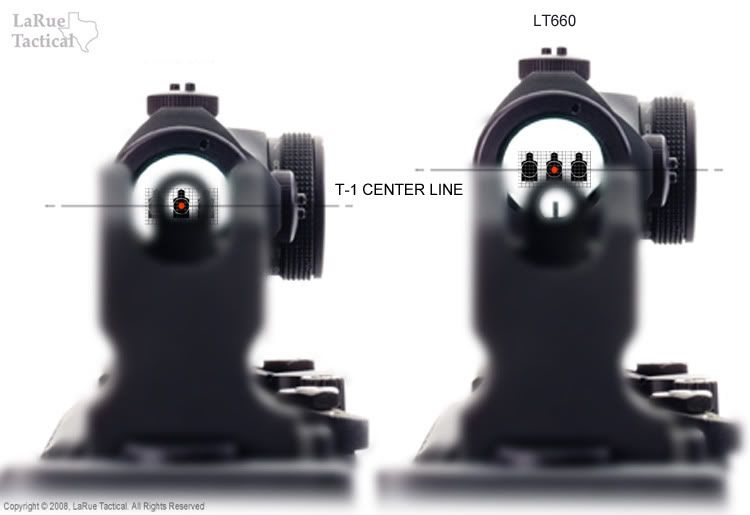I took a trip across the river to York Riflemen, one of my favorite places to shoot, for their fall Garand Match.
It was raining when I pulled in but by the time we headed to the pits the ran stopped and by the off hand string of the first relay it was in the mid 60’s with the sun was shining. There were only enough shooters for two relays so we “scored in the pits”. I had never done this before. This initially gave me some anxiety but, after some advice from my fellow shooters, it turned out to be not so hard. Run the target down, score paste, and run it up like normal. Then Grab your clipboard and write down the shooters score, with any luck before your shooter takes their next shot.
After a round in the pits it was my turn to shoot. The weather had significantly improved by the time I was all strapped in for slow prone. I am happy to report that I beat my personal best entirely due to off hand. I had been in a bit of a slump with the Garand the past few matches, especially on off hand. I had an “ah ha” moment while dry firing this week. I was not leaning back nor to the right (away from the line) as much as I had been Note in first picture there is way too much space between my side and my support arm.
In this match, with the position I had practiced, I was able to get my support arm tighter against my side. This gave me a more stable position. While I still have some other things to work on I think this was good breakthrough.
This old picture that has been floating around the internet for some time gives a good visual of what I’m talking about. Why he is barefoot I don’t know, GTB recommends you wear a sturdy pair of boots when shooting.
It was a great match and I am glad I made it out. I’ll be back for thier spring Garand Match in April and plan to stay for their spring NRA match.
Slow Prone:
Thanks to Adam for the picture.

![IMG_0456[1]](http://garandthumb.com/wp-content/uploads/2014/10/IMG_04561.jpg)














